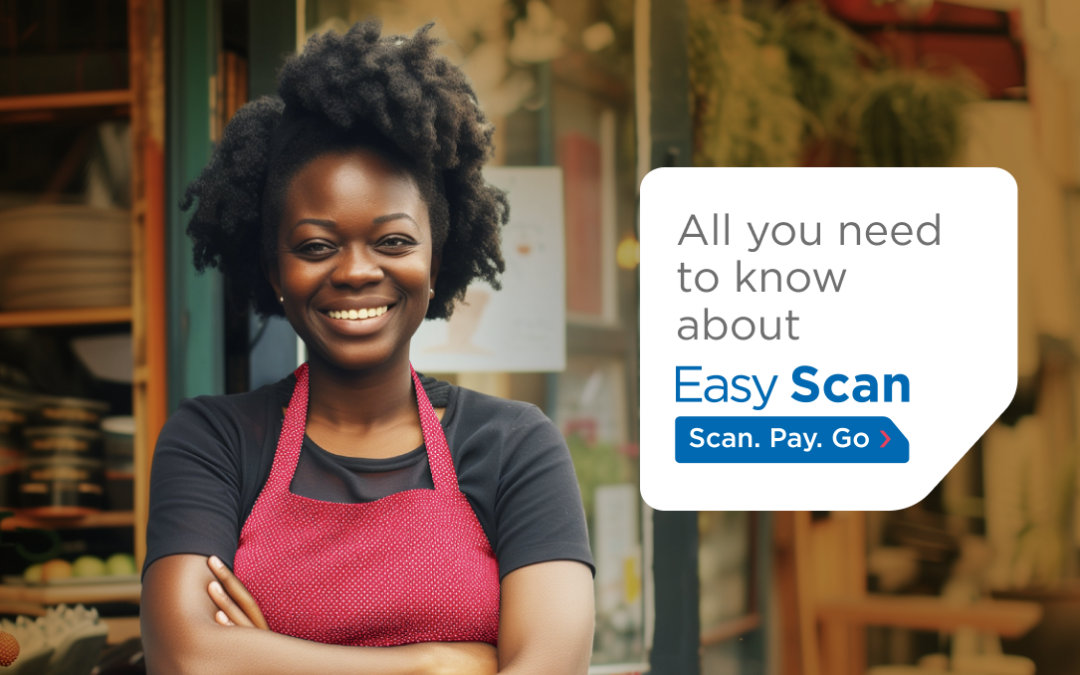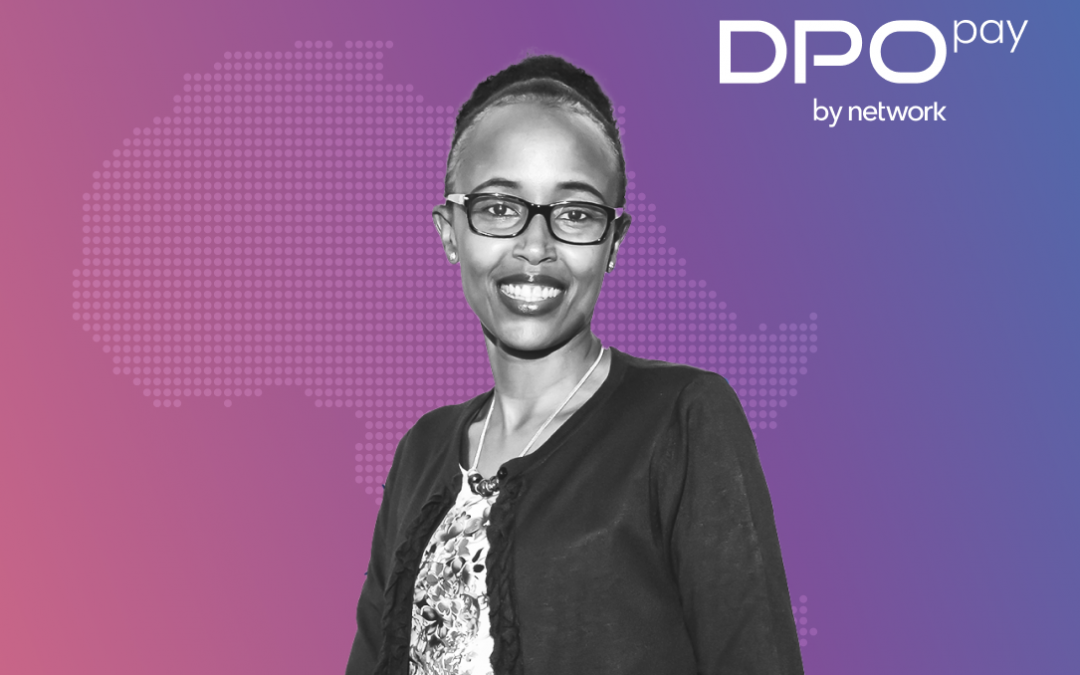Customer expectations have never been higher. They don’t just want your attention, they demand it. Consumers have grown accustomed to companies like Amazon, Uber and others that have disrupted industries. Their competitors are already playing catch-up in a race to number one that they have little chance of winning.
Leading Companies Put Their Focus on Creating a Frictionless Customer Experience
These leading companies’ secret sauce is that their customer experience is gold standard. Their customers’ experience is frictionless and without hassle. To achieve this frictionless customer experience, business processes need to be improved.
Customers can connect to businesses in multiple ways or via various channels: Social Media, Website, Email, and by mobile to name a few. Customers want a choice of how they connect to a business and do so whenever they want.
From a business perspective, companies need to facilitate customer care. For a seamless customer experience, businesses need to implement the appropriate technology. They can create a frictionless customer experience at all touch points: In your customer care center, sales department, and when they purchase your products or services.
Frictionless Purchasing
In eCommerce and retail, there is something called frictionless shopping, which means that customers can buy goods and services without friction. With emerging innovations like mobile wallets, digital receipts, fast shipping, and one-click shopping, this has made shopping more seamless.

As customers’ expectations have grown, they have become more impatient with friction. According to the Alliance Data study, all generational groups, no matter where they are in their shopping journey, will go to a competitor if a brand doesn’t deliver:
76% of consumers surveyed said they will give a brand two to three chances before shopping elsewhere, and 43% of customers said a poor customer experience causes them to leave a brand for good.
To achieve a frictionless experience, brands need to ask themselves what friction will look like in the future. They need to deliver a consistent experience across all touchpoints: Customer service, marketing and sales. One possible solution is advanced data personalization strategies like personalized quizzing.
Frictionless Customer Service and Support
Essential to smooth customer service is to have fewer customer interactions. This varies depending on the size of your business: For small businesses, the average should be 15 interactions. For enterprises, it should be 25 or more.
Each interaction could either eliminate friction or it will increase the risk of the customer dropping off your radar, and moving to a competitor. The fewer interactions with your sales team, the less potential there is for friction. Interactions must have a purpose. Purposeless interactions increase the risk for friction in your customer’s experience.
Introducing a Human Element in Customer Care
While automation and self-service can eliminate friction by eliminating steps from the process, they also reduce human contact. The danger is that a company distances itself from the customer. Interacting with a human makes the customer feel like they are getting something additional, something more personal.
When a customer calls your call center, you can show that you understand their needs and provide a more tailored service. You need a single view of all customer transactions, communications, and interactions. For example, if a customer is talking to a chatbot online, your customer support team needs a copy of that transcript that tells them where the customer is in their journey.
Payments/ Checkout / Booking
Frictionless payments are online and offline checkout processes that have reduced barriers to buying and selling. The idea is that it makes buying easier for the buyer and selling easier for the seller. The result is fewer cart abandonments for eCommerce stores, higher revenue, and frictionless customer experiences.
To be defined as a frictionless payment, a checkout process must meet most, at least some, of the following:
- Reduces customer wait time
- Faster checkout
- Minimizes steps to checkout
- Reduces PIN codes that the customer has to remember
Examples of frictionless payments use cases include: Mobile and digital wallets, no-contract card payments, in-app payments, auto-renewing subscriptions, and more.
Payment Trends and Statistics
- The value of global digital payment transactions is forecast to reach €4.9 by 2022
- As early as 2015, 52% of Millennial Americans used their smartphone as a payment method
An example of frictionless payments is DPO’s Payments Service Provider (PSP). They offer a solution for all currencies and all payments that provides a frictionless experience for customers. It allows them to choose from a variety of ways to pay you.
Bottom line
By providing a frictionless experience to their customers, businesses will not only thrive financially but also build long-term relationships with their customers. Customers also value human interaction. By providing your customer service team with up-to-date and accurate information, they can provide a seamless and valuable service.
To get started on your journey with DPO Pay, you can sign up today.






